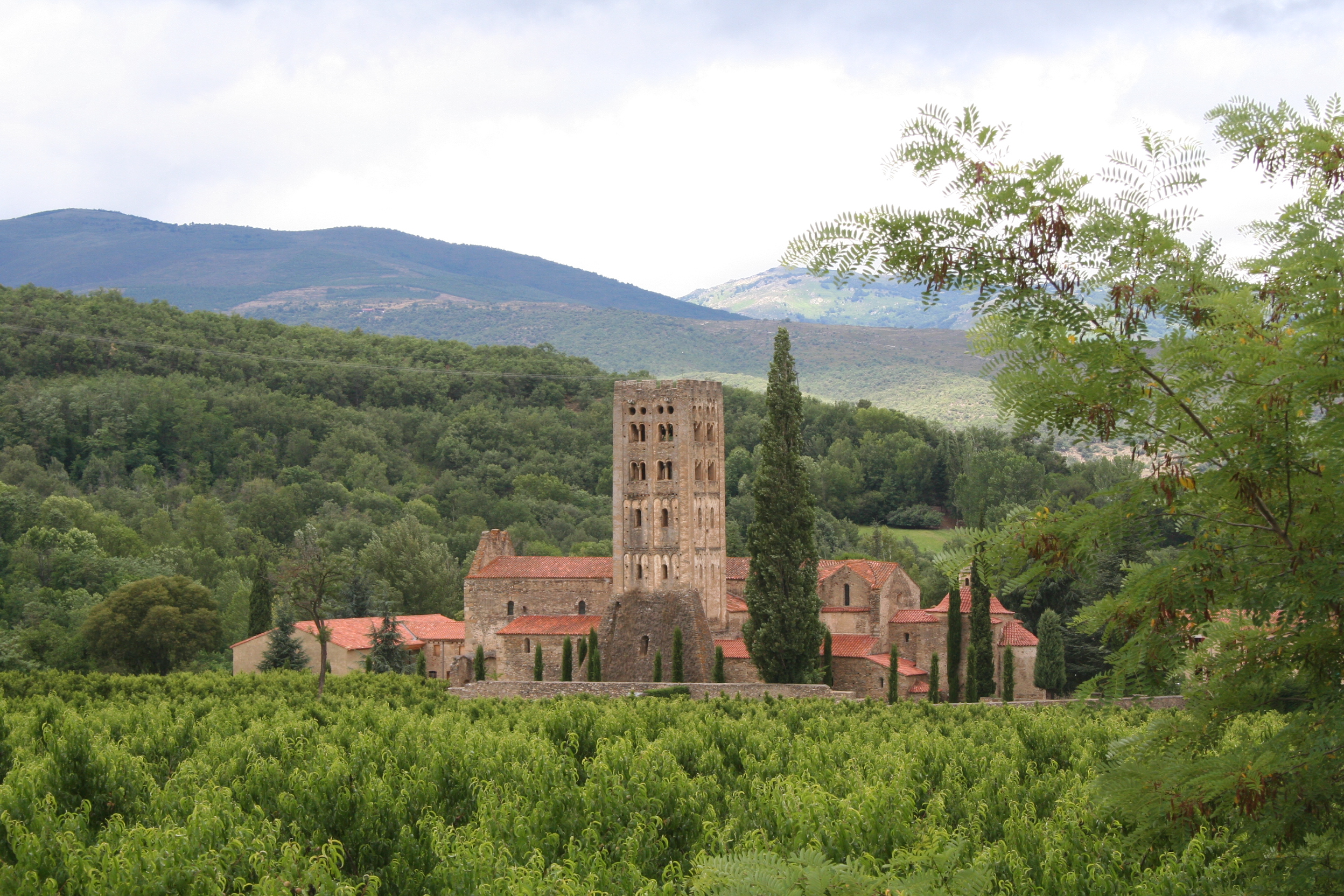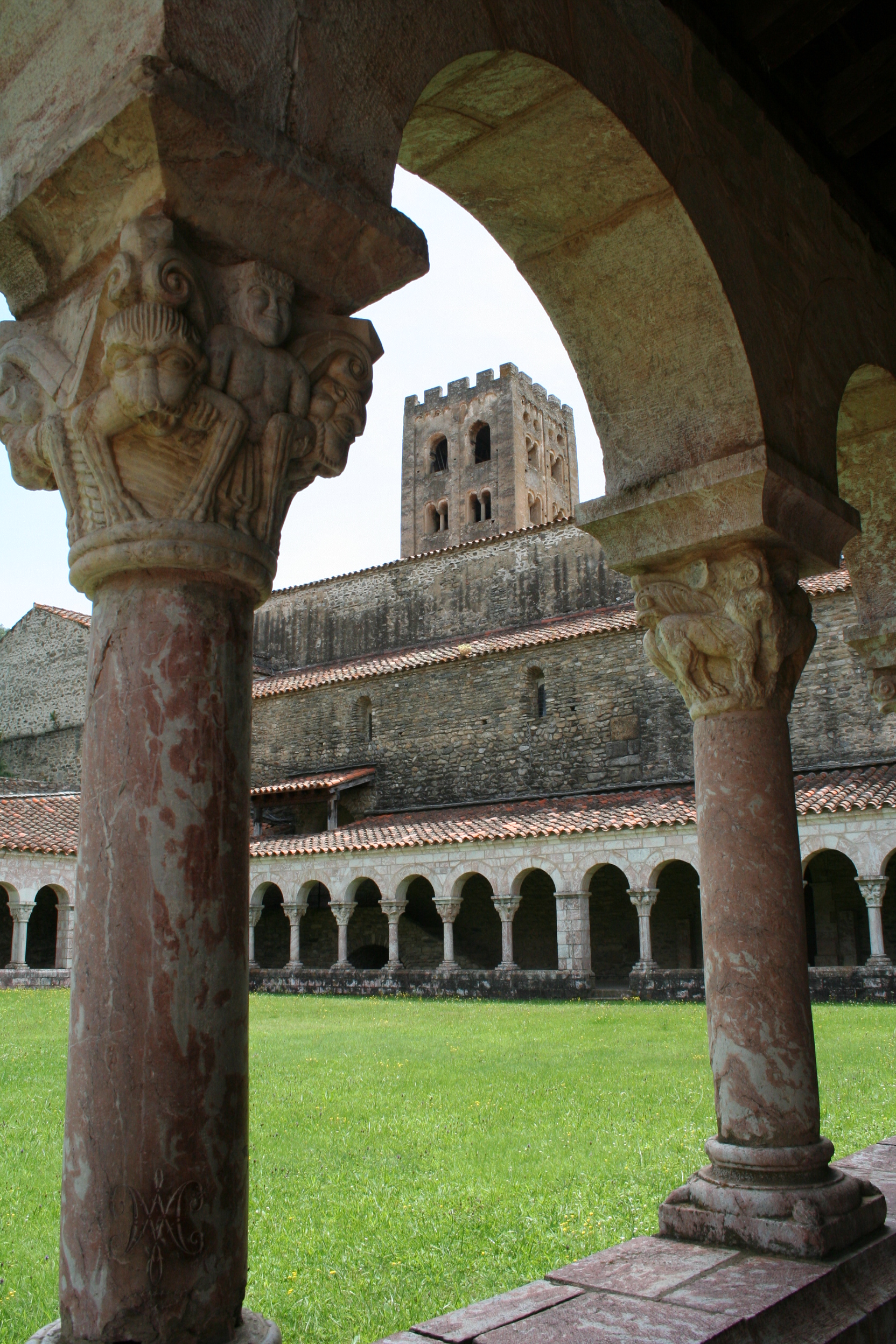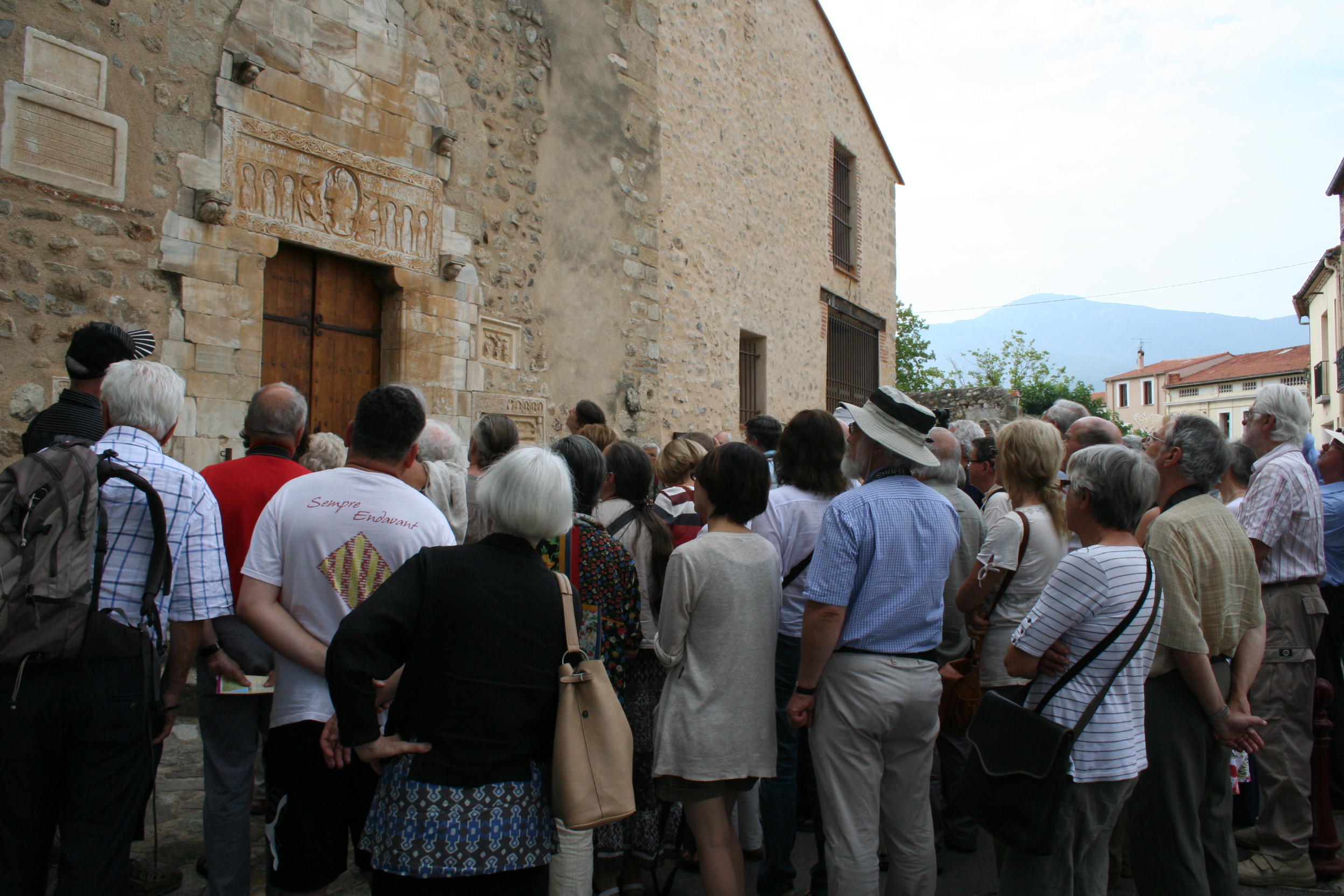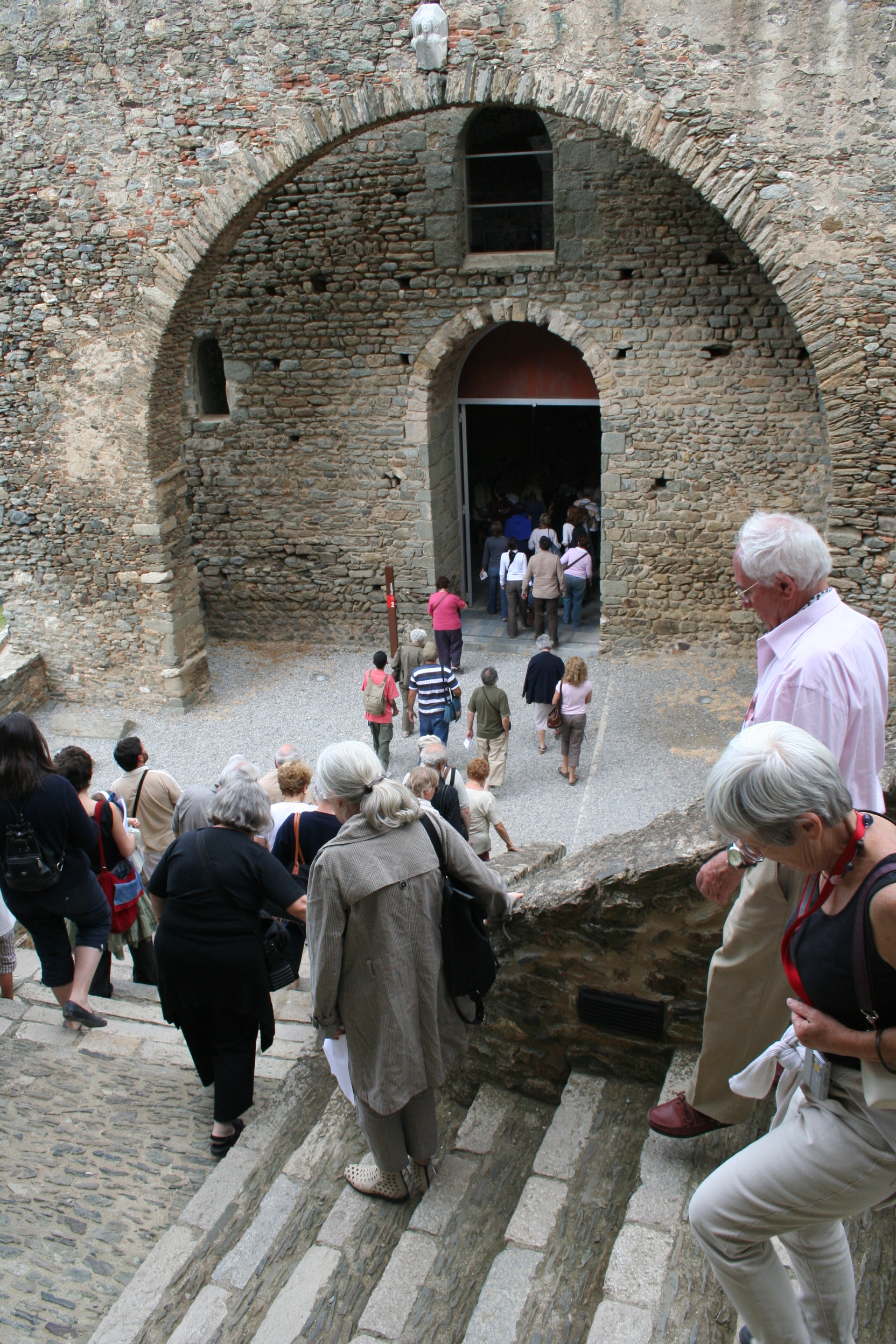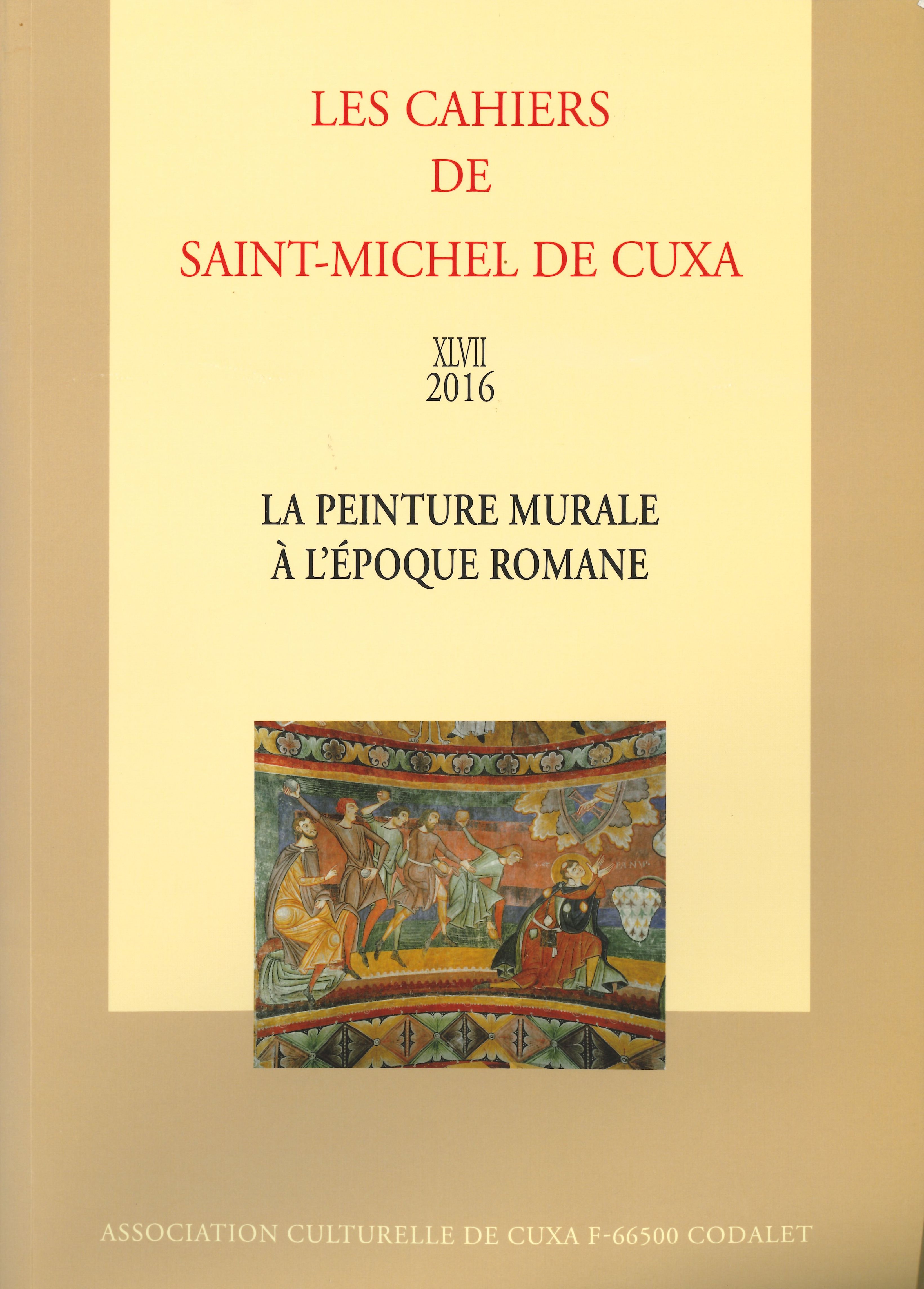Jordi Camps
Saint Michel de Cuxa: an exceptional Romanesque site
One of the most spectacular and enigmatic Catalan Romanesque monuments is without doubt the Benedictine monastery of Saint Michel de Cuxa, on the north side of the Pyrenees, in the shadow of the Canigó mountain evoked admirably by Mossèn Cinto Verdaguer. The architectural site remains an imposing presence and an essential work of medieval art, despite a history marked by periods of abandonment, the destruction of some of its most singular parts, and dispersal. Important elements of this great centre, from the tenth, eleventh and twelfth centuries especially, have however survived. Moreover, its history is closely connected to that of the monastery of Ripoll and Vic Cathedral, an eloquent example of intertwined paths, especially in the time of Oliba abbot of Cuxa and Ripoll, and bishop of Vic.
What is the Romanesque Conference?
Cuxa is currently in the news because it will be playing host to the Romanesque Conference (Journées Romanes), which has been held there uninterruptedly since 1969. This year, therefore, will be the 50th edition. It is held for almost a week in July, in the ancient rooms of the monastery (in the municipality of Codalet, by Prades de Conflent). Organized by the Cuxa Cultural Association (Association Culturelle de Cuxa), it is addressed to scholars and lovers of medieval art. With its strong power of attraction, right from the start the conference has been a magnet for international experts. Through Cuixà have passed, among others, figures such as Marcel Durliat or Serafín Moralejo. Another notable aspect is the intense work done by the volunteers in all areas of the organization and the development of the programme.
Our National Museum has also been involved in it in different ways since the beginning. The conference has made it possible to explain and debate in depth questions such as cathedrals, artistic models, mural painting, relics and treasure, among many others. Special attention has also been given to the contextualization of Romanesque art in the Roussillon area and in Catalonia as a whole.
A singular atmosphere
Each year the conference is combined with visits to monuments in North Catalonia and, occasionally, for whole days, to ones south of the Pyrenees or to sites in Languedoc. The exceptional, austere setting of the abbey and the excursions create the perfect atmosphere for organizers, speakers and participants, thus making the conference a gathering marked also by a strong spirit of conviviality, without losing sight of its scholarly, scientific nature. All in all, it is an inescapable milestone in the career of anyone interested in the Romanesque period, and a vital experience. The lives of all those of us lucky enough to take part in it have been enriched by it.
The Cahiers, a classic publication about Romanesque art
A second pillar of the conference is the publication, also continuous, of the journal Les Cahiers de Saint-Michel de Cuxa, which includes the texts of the papers at the previous year’s conference, as a sort of minutes. Internationally prestigious, over the years it has become an essential tool for studying medieval art. The articles also include numerous contributions about Catalan Romanesque art, something that can logically be extended to the works in the Museu Nacional (apses, images, altar frontals, etc.). The conference and the Cahiers have made a huge contribution to the study and dissemination of Catalan Romanesque art and architecture and their contextualization in Western Europe and the Mediterranean.
The fiftieth edition: taking stock of a success
In 2018 the Conference will be held from 9th to 14th July. Entitled What is Romanesque Art?, it will focus on how Romanesque art is viewed after 50 years, and make an assessment of all the work done since 1969. It is a highly meritorious achievement, which should be highlighted, and which we must be able to pass on to the future generations of scholars of medieval art. As we do every year, we are now ready to learn and to listen to more words among the old stones.
Related links
Association Culturelle de Cuxa
Art Medieval

